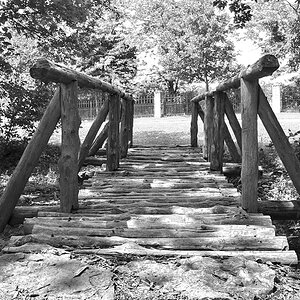bbaker35
TPF Noob!
- Joined
- Sep 30, 2005
- Messages
- 126
- Reaction score
- 0
- Location
- U.S.A.
- Can others edit my Photos
- Photos OK to edit
I have seen many people talking about taking shots of stars and such with long exposures...
I'm really new to photography, so I have no idea what anyone is talking about... Will someone help me?
1) What is a long exposure?
2) What effect does it create?
3) Does anyone have a picture so I can see how it's supposed to look?
4) What else can you shoot long exposures of except stars?
5) What purpose does it serve?
5) How do I do it with my 350D?
Sorry for all the questions, but I'm sooo freakin new to photography.
I'm really new to photography, so I have no idea what anyone is talking about... Will someone help me?
1) What is a long exposure?
2) What effect does it create?
3) Does anyone have a picture so I can see how it's supposed to look?
4) What else can you shoot long exposures of except stars?
5) What purpose does it serve?
5) How do I do it with my 350D?
Sorry for all the questions, but I'm sooo freakin new to photography.




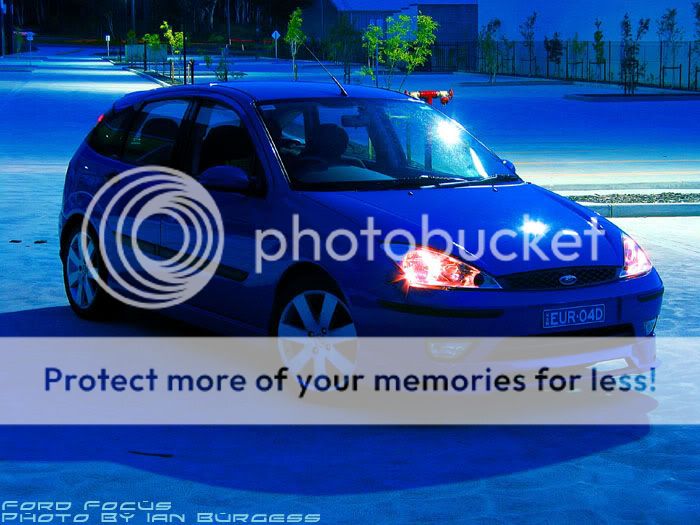
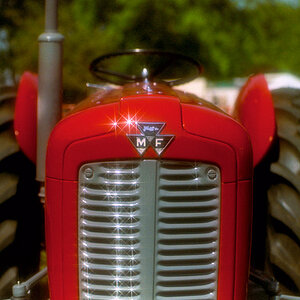
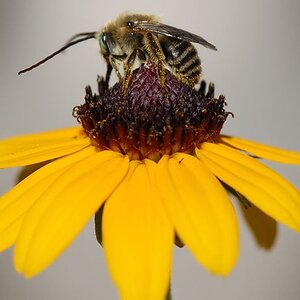
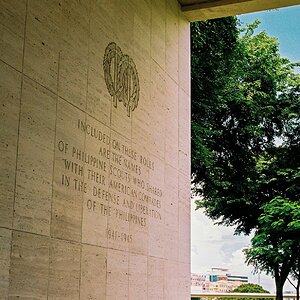

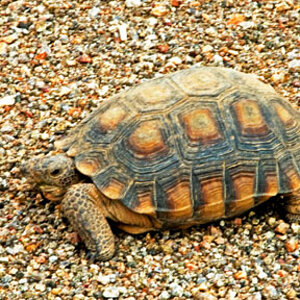
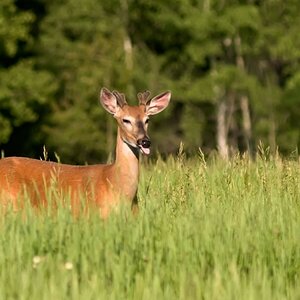
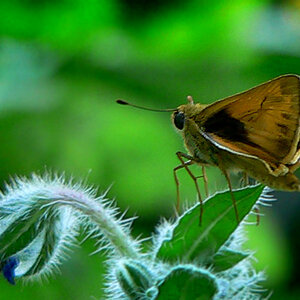
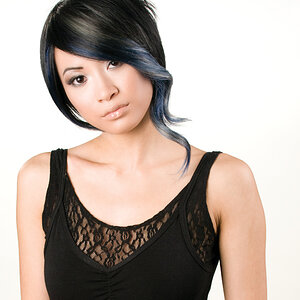
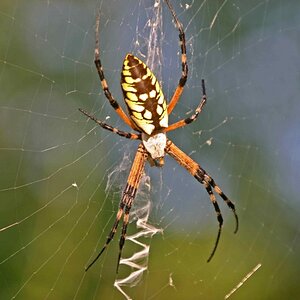
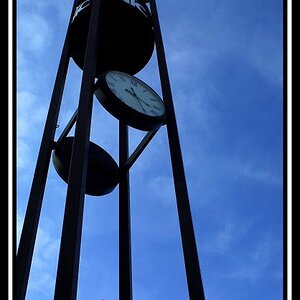
![[No title]](/data/xfmg/thumbnail/32/32926-ec27ecead8c80d803404500d8f888dbf.jpg?1619735754)
